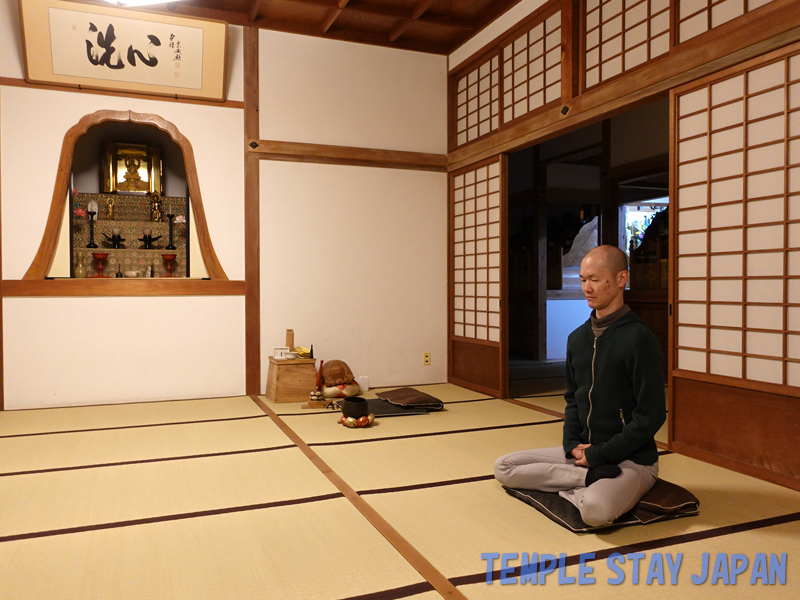About Kyushu region
Kyushu is one of Japan's four main islands and is located in the southwest. There are various cities such as Hakata, Oita, Kumamoto, and Kagoshima. This is a region with a long history, and there are many temples and shrines that operate lodgings all over the area. We will also introduce Okinawa, located at the southern tip of Japan.






